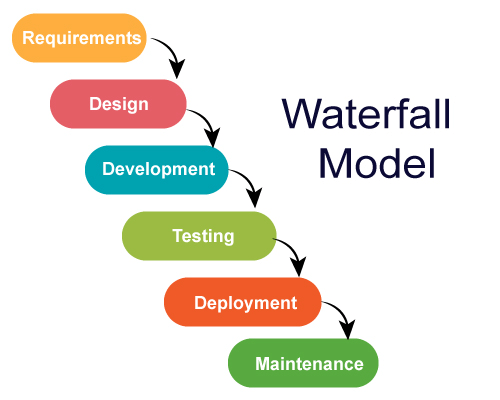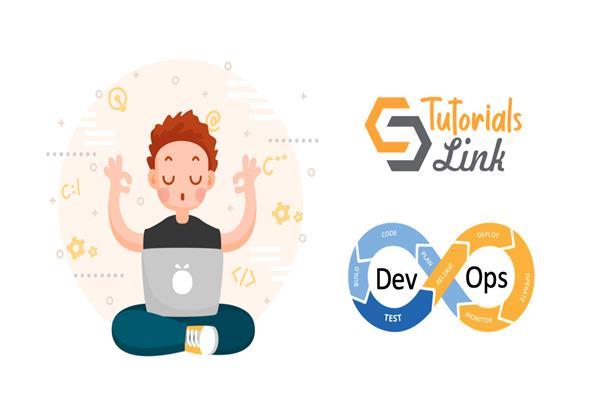Basics of Software Engineering Agile Methodology and DevOps Process
in this article, we learn about the Basics of Software Engineering and testing models
Traditional Approach to Software Development
Uses a linear approach
Where the stages of the software development process must be completed in a sequential order
The first stage must be completed before the next one begins
These stages usually comprise the following:
- Requirements gathering and documentation
- System design
- Code and unit testing
- System testing
- User acceptance testing
- Bug fixes
- Product delivery
Types of Traditional Software Development Model
- Waterfall model
- Spiral model
- V-Model

Waterfall Model
- Known as the linear cycle
- is a process that is built around planned work
- mostly suited to projects with clearly defined requirements
clearly outlines a series of steps or phases
Spiral Model
- Combining elements of design and prototyping-in-stages
- Combines the features of the prototyping and the waterfall model
- The spiral model is intended for large, expensive and complicated projects
- Advantages of top-down and bottom-up concepts
- Consists of four main phases;
- Planning
- Risk Analysis
- Engineering
- Evaluation

V-Model
- The V-model is an extension of the waterfall model.
- Show the relationships between development phases and test phases
- Time and project completeness vs. level of abstraction






